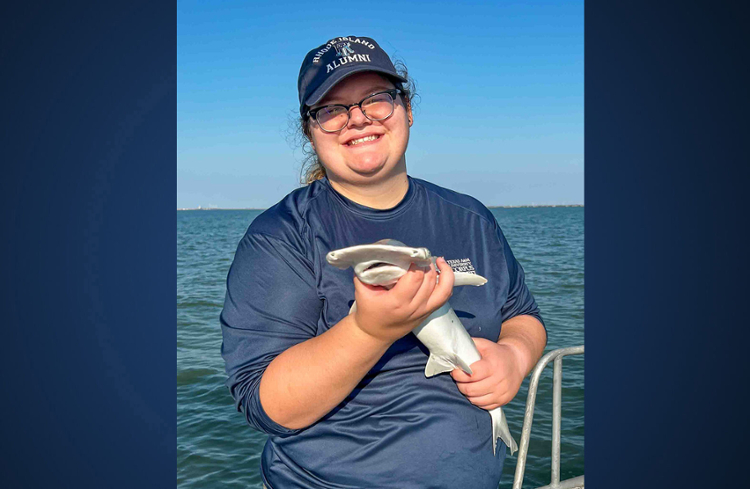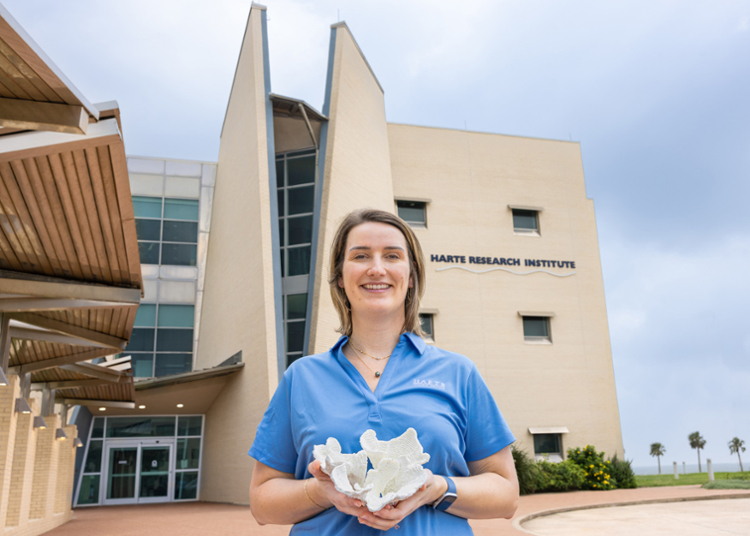Engineering Students Create Out-of-This-World Project
CORPUS CHRISTI, Texas – A team of four Texas A&M University-Corpus Christi engineering students is hoping to make a difference in outer space.
The team already has enjoyed success, creating a prototype for a NASA-sponsored competition that’s designed to help astronauts maintain their muscle mass.
Last semester, Michael Martinez, Randolph Coles, Donald Berthelot and Tristan Norton researched, invented and designed a system for astronauts during space travel as their final capstone project. Coles, Berthelot and Norton graduated in December, and Martinez plans to graduate in the spring.
The team researched severe negative impacts on astronauts, including loss of muscle mass and bone density, and developed a motorized device that converts into various exercise equipment for strength and cardiovascular training.
“This work will benefit people in the future with space travel. We have a prototype and it works, but the work doesn’t stop there. We can make it smaller, stronger and safe,” Martinez said.
Studies have shown that astronauts lose up to 20 percent of muscle mass on spaceflights lasting up to 11 days. To counteract the effects, astronauts on the International Space Station spend 2.5 hours a day exercising, according to NASA.
NASA sponsors the Texas Space Grant Consortium Design Challenge each year and asks students to research and invent solutions to overcome issues astronauts face. In September, the A&M-Corpus Christi team traveled to Houston to compete against 23 Texas university teams and presented its research and prototype. The team placed fourth overall and received $1,200 for their work.
“It was awesome being at the competition event. We got to talk to other teams and planned future collaborations,” Martinez said.
He said the process challenged his skill set and took him out of his comfort zone. The experience taught him time management, performing various kinds of analyses, modeling, in depth programming and communicating their work to nonengineers.
Dr. Jose Baca, an engineering assistant professor, mentored the engineering capstone team and encouraged the students to participate in the challenge.
“This is a good opportunity for them to push their limits and to let them know what they learned here can be used to solve a real problem,” Dr. Baca said. “If they are always in their comfort zone, then they don’t use their whole potential. We were working on something new, and it was even harder. We weren’t replicating something that already exists; they were building something new.”
Martinez, who is studying electrical engineering, said his career goal is to work at NASA as a researcher and appreciated the opportunity this first step provides.
“People at NASA are just like us. You respect the work they do, and you hold them to a really high standard, but they all started somewhere, and they worked hard to be there,” he said. “We are on the same path and journey, just as they once were. That’s something very personal to me.”
Berthelot will start his career in a few weeks as an electrical engineer for Celanese, a global technology and specialty materials company in Houston. He described the project learning experience with NASA as invaluable and looks forward to utilizing some of those same tools
“It’s sounds a little corny, but anything is possible if you put in the time and effort,” he said. “We put in 50 hours a week and we got really good results, and it’s encouraging to to see that we were even capable of something like that.”
Baca and the team plan to continue their research and test the exercise prototype. The group is writing a scientific article that it plans to submit to an international conference on intelligent robots and systems later this year.

